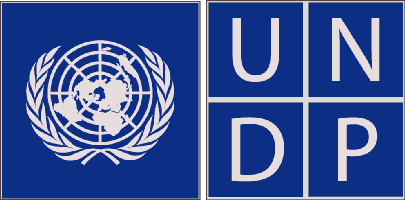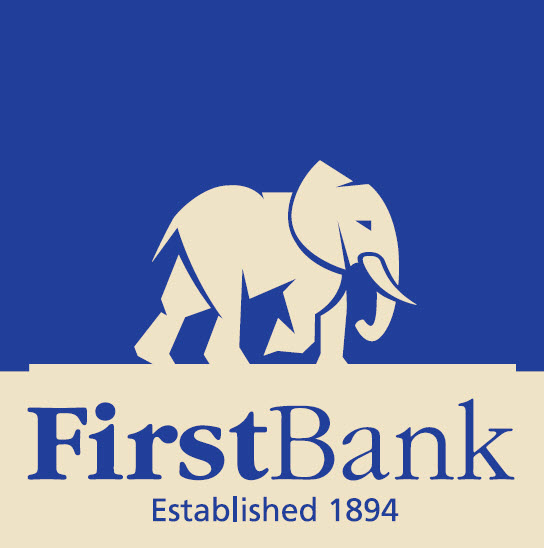Allianz Global Corporate & Specialty (AGCS) CEO in Africa, Delphine Maïdou highlighted opportunities for the corporate and industrial insurance sector in Sub-Saharan Africa at a Risk Management Conference in London on 25 February, 2016.
Delphine, who is also President of the Insurance Institute of South Africa (IISA), spoke about what the region needs to do to close the insurance gap as well as the role of risk management and insurance in infrastructure and economic development.
Dubbed ‘Sub-Saharan Africa: The Next Generation of Emerging Markets’, the seminar was attended by CEOs, CFOs, brokers, risk managers, regulators, policy makers and other influential role players within the risk management and insurance industry across Europe and other parts of the world.
“With growing economies, Sub-Saharan Africa presents a huge potential for business insurance. Insurers and brokers need to work very closely with risk managers, regulators and stakeholders within the region to create awareness about the purpose and value of insurance so more companies, projects and stakeholders can be adequately protected,”said Maïdou.
Below Average Insurance Penetration
Currently, the world’s insurance industry is dominated by developed countries.
The Group of Seven (G7) countries alone account for almost 65% of the world’s insurance premiums even though they cover just over 10% of the world’s population.
However, the total premiums in Africa for both life and non-life insurance amounted to US$71.9 billion in 2012, which translates into a penetration rate of 3.65% well below the global average, which is 6.5%, though it is above the average for emerging markets of 2.65%[i].
Despite lower commodity prices and the slowdown of the Chinese economy, as well as strains in some large emerging economies, the economy in Sub-Saharan Africa is expected to grow by 4% in 2016. Even though higher borrowing costs are weighing heavily on some of the region’s largest economies such as Angola, Nigeria, and South Africa, the zone presents significant potential for infrastructure and economic development through foreign direct investment and public-private partnerships.
“2015 was a very tough year for emerging markets and some countries will remain highly vulnerable to economic shocks and market volatility in 2016,” said Ludovic Subran, Chief Economist at Euler Hermes. “Sub-Saharan African countries will continue to face a trio of challenges: low commodity prices, the Chinese slowdown and the tightening of US monetary policy. These countries also suffer from their own internal pressures such as inflation, weak domestic demand and socio-political tensions.”
In spite of the challenges, the region remains the fastest growing insurance market after emerging Asia, with insurance premium growth of 4.5% to 5% predicted for 2016-17[ii]. However, Maïdou warned that insurance needs to keep pace with investment and economic development:
“Sub-Saharan Africa’s continued growth depends on closing its vast infrastructure and skills gap, which needs innovative credit and investment solutions facilitated by public private partnerships through a clear policy and legal framework. But for these solutions to work, they will require equally appropriate risk management and risk transfer solutions – which essentially means increasing insurance penetration.”
Maïdou points out that local and global brokers and insurers operating in countries that have high insurance penetration such as South Africa, Namibia and Mauritius need to work with their counterparts in other African countries to foster the use of modern insurance and risk management for businesses within those areas. Nigeria is a case in point. Africa’s largest country by Gross Domestic Product (GDP) has a mere 0.6% insurance penetration.
However the country has all the ingredients for a thriving insurance industry because of its vast population of 170 million and an active economy.
“Innovative and agile insurance solutions can help businesses in Nigeria and the rest of Sub-Saharan Africa,” she asserted.
“There are numerous ways to close the protection gap to mitigate business risks such as business interruption, fire and explosion, and political risks to name a few. Both traditional insurance and the new generation of alternative risk transfer solutions can be used to find the right responses to an increasingly complex risk environment.
In essence, this involves educating businesses about these risks and advising them on relevant risk management and insurance solutions, while also ensuring such solutions are accessible in local markets. It is also critical for all players within the industry to do their homework about the regulatory and legal aspects of insurance within each country so they devise relevant and fully compliant solutions.”










